CONDUCTING A SAFE PROGRAM
CONDUCTING A SAFE PROGRAM
Risk Management Responsibilities
Coaches have the ultimate responsibility to reduce the risks of participation for athletes involved in the sport that they are coaching.
Equipment
Athletes need to have the proper equipment for each sport, and if equipment must be worn, it should fit properly. The following areas should be addressed:
- Adequate amount of equipment—all necessary equipment should be available for all practices and events. Athletes should be able to use the equipment for warm-up and participation.
- Well-maintained equipment―all equipment should be checked prior to the start of practice or competition. Equipment that is routinely or occasionally used should be maintained and checked before each use.
- Proper use of equipment—manufacturers develop equipment for specific uses. The coaching staff should instruct their players in the correct use of the equipment. Improper use is not only unsafe but may invalidate the warranty.
- Proper size of equipment―equipment should adhere to the standard specifications designated by the sport.
- Proper fit of equipment—any equipment used in the context of a sport should be properly fitted to each athlete.
- Proper warranty and safety criteria―review of the safety criteria and appropriate use is recommended.
Supervisory Planning
The coach needs to provide appropriate supervision for all practices and events. Any other personnel or volunteers should be properly trained and supervised in their work with the athletes. Suitable credentials are recommended for those who are involved, such as Special Olympics and National Governing Body (NGB) coaching credentials and CPR and First Aid Certification.
We recommend that practices and games are covered by medical personnel, including physicians, athletic trainers, physical therapists, and emergency personnel.
Traveling
The coaching staff is responsible for all their athletes when traveling to play and compete. The coach should review any special instructions for each player with the parents or guardian. Written instructions for any medications should be reviewed and taken on the trip.
Transportation should be adequate for all players. The mode of transportation should be safe, as should any drivers. Weather conditions should be reviewed before leaving for any competition.
The coach should contact the opposing team’s coach to review arrangements for supplies, such as water, emergency management plans and locker room space. Important telephone numbers should be recorded.
If the trip involves overnight lodging, safe and accessible accommodations should be secured. Contact information should be given to all parents. Special dietary concerns should be clarified with parents and arrangements made to address them.
Parents need to be advised when and where to pick up their children upon return. A plan for a telephone tree should be developed in case of an alteration of plans.
FIELD OF PLAY
The field of play should be checked before and after all practices and events for any obstacles. An indoor court should be clear of any obstacles or obstructions surrounding the out-of-bounds areas. The actual playing surface should be clear, safe and dry. All lines should be clearly visible. Any indoor facility must have proper ventilation, especially in warm climates.
Outdoor facilities should be checked for uneven playing surfaces, including holes, uneven grade, or moisture. The playing area should be also checked for additional obstacles. Out-of-bounds areas should be clear of obstructions. All boundaries should be clearly marked.
Other areas being used by players, such as locker rooms and showers, should be reviewed for safety and accessibility. Floors should be properly drained and have nonslip surfaces.
Areas utilized by spectators, families and other non participating players should be assessed for safety and accessibility.
How do I assess the field of play?
Many tools are available to you. Use checklists provided in the Special Olympics Risk Management Manual, or at the end of this section, to determine the suitability of the FOP. Draw upon the experience of veteran Special Olympics personnel. Identify potential risks by inspecting the area well before the competition starts.
As an example—considerations for outdoor playing surfaces:
- Look for and address such hazards as rocks, glass, uneven surfaces, uncovered drains, holes, above ground sockets and excessive wet spots.
- If a baseball or softball field is enclosed by an outfield fence, it is preferable that the field contain a warning area that is both visible and clearly identifiable adjacent to the fence.
- Examine the areas immediately adjacent to the playing field for hazards (e.g., light posts, guy wires, and holes) that might be encountered by a player whose momentum carries him/her out of bounds.
- Be sure there is adequate separation (e.g., distance, fencing and netting) between the spectators and the playing field.
Considerations for indoor playing surfaces:
- Ensure that all clocks, lights and windows are properly guarded and there is adequate lighting.
- There needs to be sufficient space between the boundary of an activity or playing surface and the location of team benches, bleachers, walls, dividers, other activities and objects.
- With regard to basketball courts, make sure that there are no unprotected glass doors, windows or unpadded walls directly behind the basketball backboard.
- If temporary 24/45-second clocks have to be stationed at each end of the court, an effort should be made to place them as far away from the playing area as possible, while still permitting easy visibility to the players.
- Make sure the playing surface is even, with no boards or nails protruding.
Which loss prevention methods do I select to protect against the exposures I have identified?
Many options may exist―choose the method that will maximize the safety of athletes, volunteers and spectators. Work with your local Special Olympics coordinator to determine which choices might be better than others. Additional resources are the Sport Specific Competition Guides, which contain sport specific information.
Am I done with risk management after I implement the best method?
No way! It is a continuous process. Keep monitoring the FOP and make necessary revisions to minimize exposures.
EQUIPMENT
Athletes need to have the proper equipment for each sport, and if equipment must be worn, it should fit properly. The following areas should be addressed:
- Adequate amount of equipment—all necessary equipment should be available for all practices and events. Athletes should be able to use the equipment for warm-up and participation.
- Well-maintained equipment―all equipment should be checked prior to the start of practice or competition. Equipment that is routinely or occasionally used should be maintained and checked before each use.
- Proper use of equipment—manufacturers develop equipment for specific uses. The coaching staff should instruct their players in the correct use of the equipment. Improper use is not only unsafe but may invalidate the warranty.
- Proper size of equipment―equipment should adhere to the standard specifications designated by the sport.
- Proper fit of equipment—any equipment used in the context of a sport should be properly fitted to each athlete.
- Proper warranty and safety criteria―review of the safety criteria and appropriate use is recommended.
SUPERVISORY PLANNING
The coach needs to provide appropriate supervision for all practices and events. Any other personnel or volunteers should be properly trained and supervised in their work with the athletes. Suitable credentials are recommended for those who are involved, such as Special Olympics and National Governing Body (NGB) coaching credentials and CPR and First Aid Certification.
We recommend that practices and games are covered by medical personnel, including physicians, athletic trainers, physical therapists, and emergency personnel.
TRAVELLING
The coaching staff is responsible for all their athletes when traveling to play and compete. The coach should review any special instructions for each player with the parents or guardian. Written instructions for any medications should be reviewed and taken on the trip.
Transportation should be adequate for all players. The mode of transportation should be safe, as should any drivers. Weather conditions should be reviewed before leaving for any competition.
The coach should contact the opposing team’s coach to review arrangements for supplies, such as water, emergency management plans and locker room space. Important telephone numbers should be recorded.
If the trip involves overnight lodging, safe and accessible accommodations should be secured. Contact information should be given to all parents. Special dietary concerns should be clarified with parents and arrangements made to address them.
Parents need to be advised when and where to pick up their children upon return. A plan for a telephone tree should be developed in case of an alteration of plans.
INJURY PREVENTION
Many factors contribute to the prevention of injury or the reduction of risk for injury.
- The coaching staff should determine a starting point for each athlete based on his readiness and skill. Motivation, interest, and physical skill all contribute to development of a plan of action.
- Training program for year-round fitness―the coach should work with each athlete and family to develop and encourage compliance with a year-round fitness and nutrition plan to foster and develop positive health behaviors as well as physical preparation for activity.
- The coach should work with the athlete and family to develop an individualized sports training plan for development of the appropriate skills and conditioning.
- Availability and completion of medical forms and special medical instructions are recommended for all practices and games.
- First aid kits should be available at all practices and games.
- Acclimatization to the environment is recommended.
- Heat—athletes should gradually adjust to exercising in the heat over a two-week period. Initially, they should exercise in light clothing during the cooler portions of the day. Gradually expose athletes to short periods of exercise during the hotter part of the day, similar to the time of competition. If the sport involves heavy clothing and equipment, they should first adjust to wearing their uniforms, and then adjust to wearing the uniform in the heat. Hydration should be maintained at all practices and games.
- Cold―athletes should adjust to the cold over a period of several days. They should learn to layer their clothing so they can adjust attire for the temperature. Hats and gloves should be worn if necessary.
- Altitude—athletes who are not accustomed to exercising at high altitudes should adjust gradually over a period of 10-14 days. Exercise should be gradually increased in length and intensity. Altitude sickness, consisting of nausea, dizziness, shortness of breath, and flu-like symptoms are common without gradual adjustment.
- To prevent both sun and snow blindness, athletes are required to wear dark glasses with lateral shields during outdoor activities. Glasses should have ultraviolet blocking.
- Visors or long-sleeve shirts should be worn if athletes will be exposed to the sun during their activities. Sunscreen with a minimum SPF 15 should be used on all exposed body parts, including the nose, ears, face and lips
- Wind can cause an increase in chills, dry skin and eye irritation. Glasses will provide some protection, as will eye drops or artificial tears. Lip balm maintains moisture of the lips. Proper clothing will provide protection from skin irritation and chilling.



